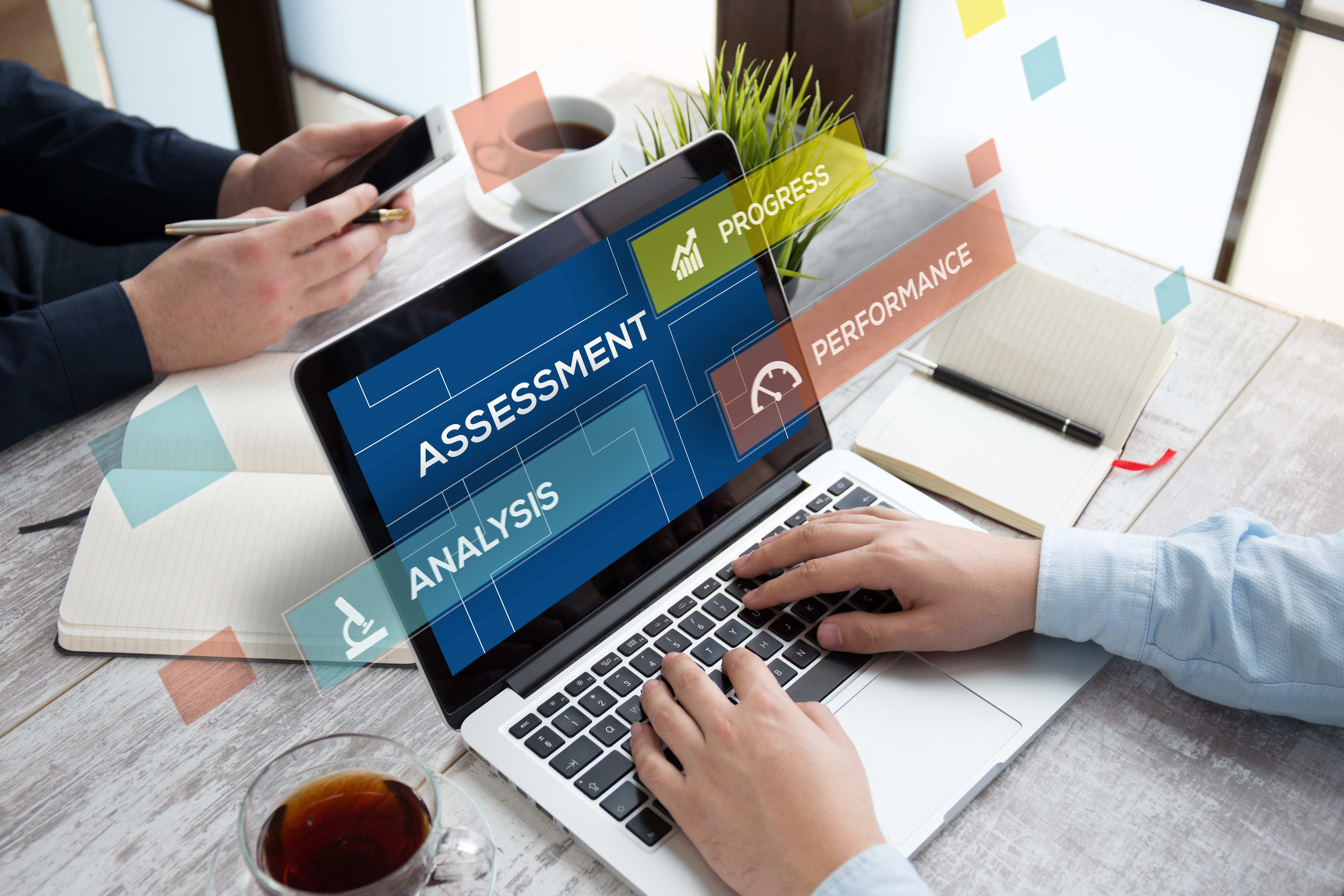Robotic process automation (RPA) is used to transform business processes and workflows across various industries by automating repetitive and rule-based tasks. Here's how Xerox drives efficiency and productivity through our RPA platform:
Document Processing and Management:
RPA solutions are employed to automate document-related tasks, such as scanning, data extraction, indexing, and archiving. This streamlines document management processes, reduces manual errors, and accelerates information retrieval.
Invoice and Payment Processing:
Utilized to automate the end-to-end invoice processing cycle. This includes data extraction from invoices, validation, approval routing, and payment processing, leading to faster invoice turnaround times and improved cash flow management.
Customer Service and Support:
Assists organizations in enhancing customer service by automating routine inquiries, order processing, and issue resolution. Chatbots and virtual assistants powered by RPA can provide 24/7 support, improving customer satisfaction.
HR and Employee Onboarding:
Xerox RPA is leveraged to streamline HR processes, such as employee onboarding, payroll processing, and benefits administration. It automates tasks like data entry, document generation, and compliance checks, enabling HR teams to focus on strategic activities.
Supply Chain Optimization:
RPA solutions optimize supply chain operations by automating demand forecasting, order processing, inventory management, and vendor communication. This leads to reduced lead times, lower costs, and improved inventory accuracy.
Finance and Accounting:
Applied to automate financial processes, including accounts payable and receivable, financial reporting, and reconciliation. It ensures accuracy, compliance, and faster financial close cycles.
Healthcare Claims and Billing:
In the healthcare sector, Xerox RPA automates claims processing, eligibility verification, and billing, reducing claim denials, improving revenue cycle management, and enhancing patient experiences.
Manufacturing and Quality Control:
Assists manufacturers in automating quality control processes by monitoring production lines, detecting defects, and triggering corrective actions. This improves product quality and reduces production downtime.
Legal Document Management:
In the legal field, Xerox RPA is used for document review, categorization, and due diligence. It speeds up the document-intensive processes associated with legal cases and transactions.
Data Security and Compliance:
Helps ensure data security and compliance by automating data backup, access control, and audit trail creation. It also assists in managing data retention policies and responding to data security incidents.
IT Operations and Helpdesk Support:
Automates routine IT tasks like user provisioning, password resets, and software updates, allowing IT teams to focus on strategic projects and complex technical issues.
RPA is a versatile technology that can be customized to address specific business needs, drive operational efficiency, reduce costs, enhance accuracy, and improve the overall customer and employee experience. By automating repetitive tasks, Xerox RPA allows organizations to allocate their resources more strategically and adapt to the evolving demands of the digital age.

.png)





